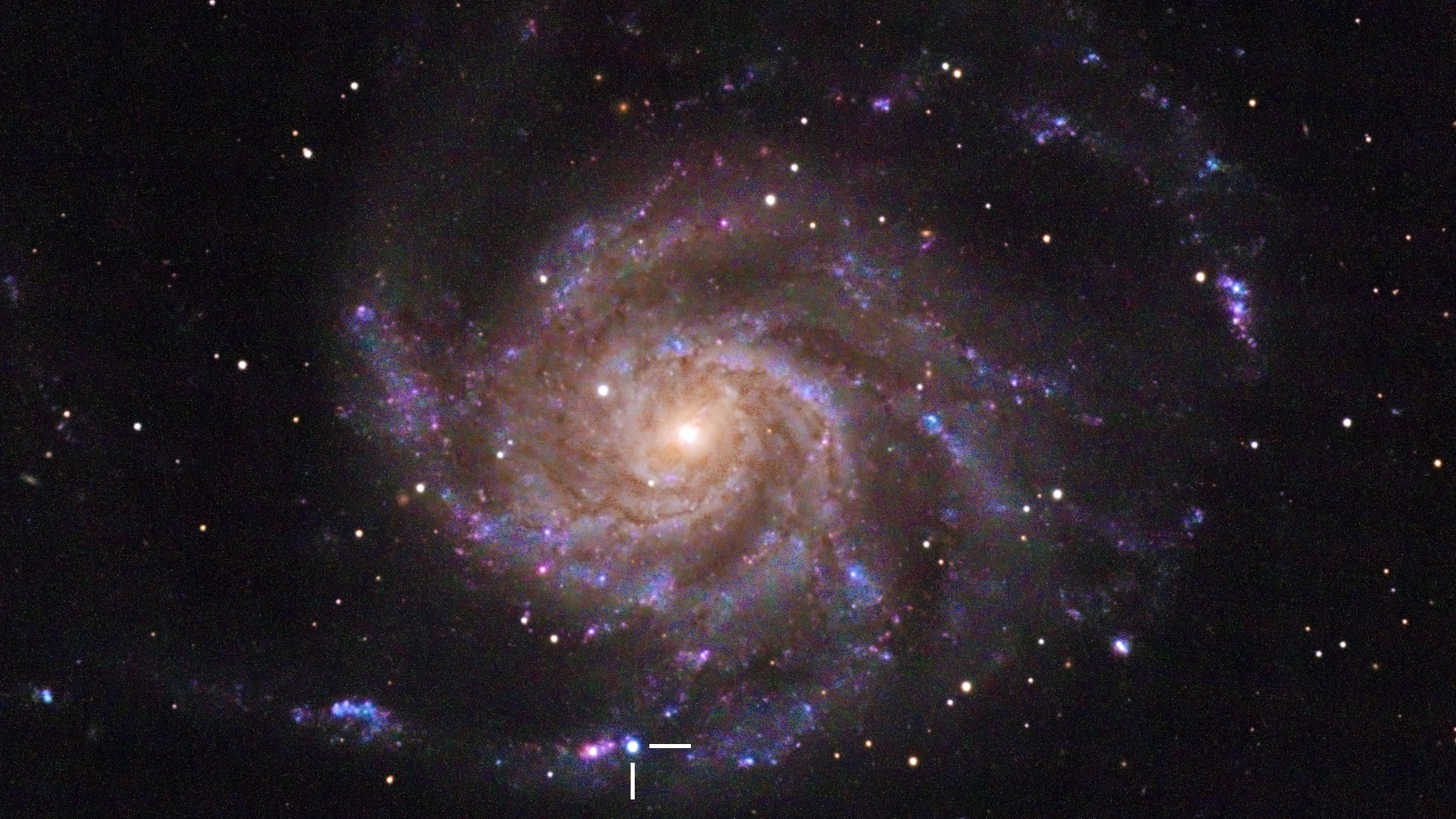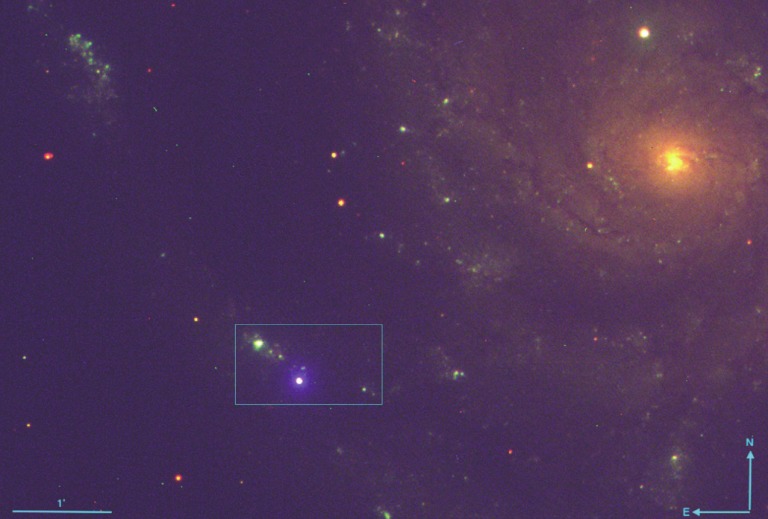A team of astronomers recently carried out a series of supernova images that presented the scientific world with an amazing sequence of stellar death, after which a black hole was probably born. The supernova exploded at a distance of “only” 21 million light-years from Earth. A new analysis of this catastrophic cosmic event has been published in the journal Nature.

Supernovae are powerful cosmic explosions that occur during the death of massive stars. These events sometimes leave behind planetary nebulae, neutron stars, or even black holes. The time of occurrence of supernovae is extremely difficult to predict. Usually, astronomers can only observe their consequences in the form of star flares.
The observed supernova was named SN 2023ixf. It exploded in the Messier 101 galaxy, also known as the Pinwheel Galaxy, when the red supergiant completely exhausted its nuclear fuel resource. The team observed the supernova using the Hubble Space Telescope and the Keck Observatory on Mauna Kea Island. Hubble had previously observed this region of the universe, so the team had historical data from this region — before the star went supernova.

The team calculated the amount of material ejected by the supernova, as well as the mass and density of the star before its explosion. But the numbers didn’t match, which led the team to a stunning conclusion.
“Calculations of the circumstellar material emitted in the explosion, as well as this material’s density and mass before and after the supernova, create a discrepancy, which makes it very likely that the missing mass ended up in a black hole that was formed in the aftermath of the explosion – something that’s usually very hard to determine,” said study co–author Ido Irani, a researcher at the Weizmann Institute.
In the future, it may be possible to determine exactly how much material SN 2023ixf erupted and how it was distributed, as the team is still sifting through data on the stellar explosion. But even the initial work is something like a space bomb.
According to keckobservatory.org
Follow us on Twitter to get the most interesting space news in time
https://twitter.com/ust_magazine


